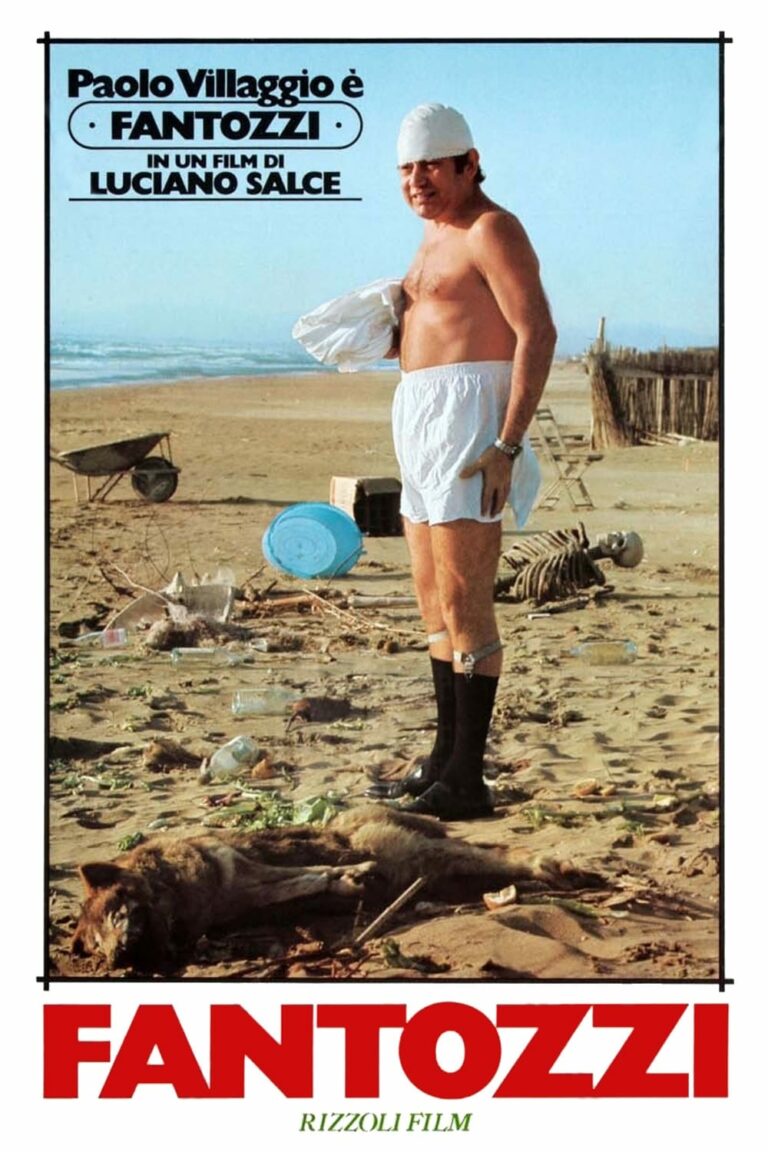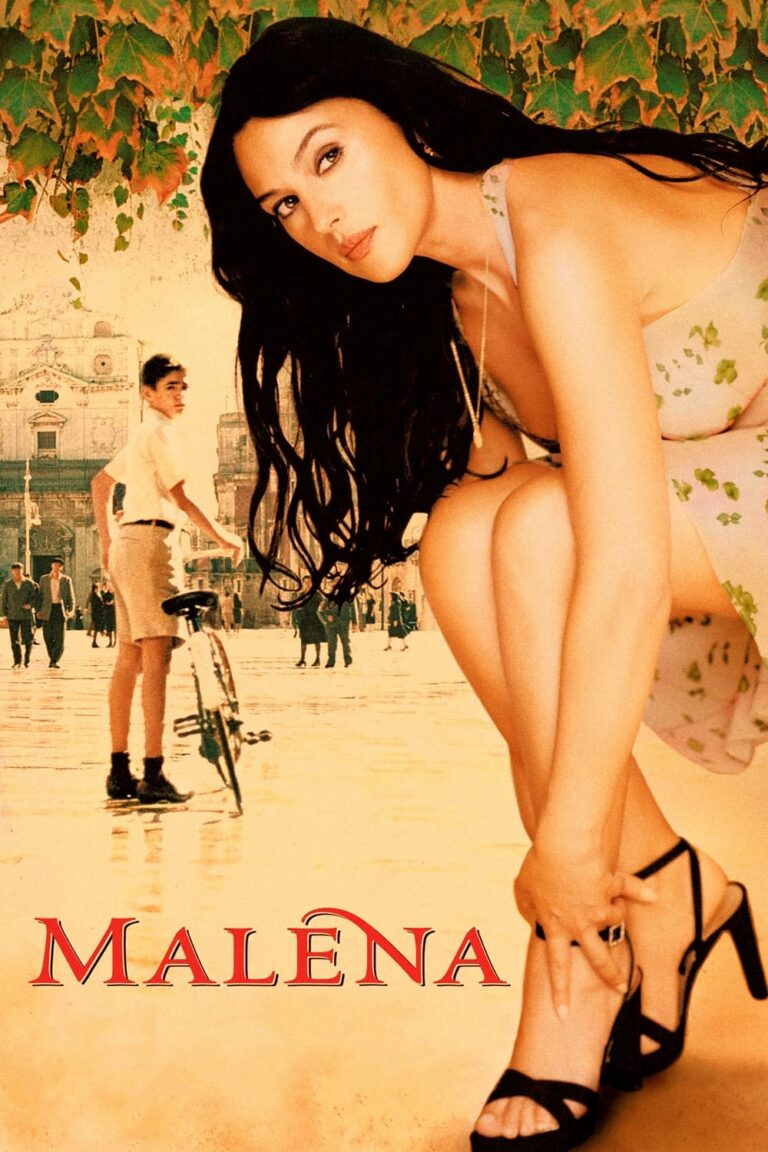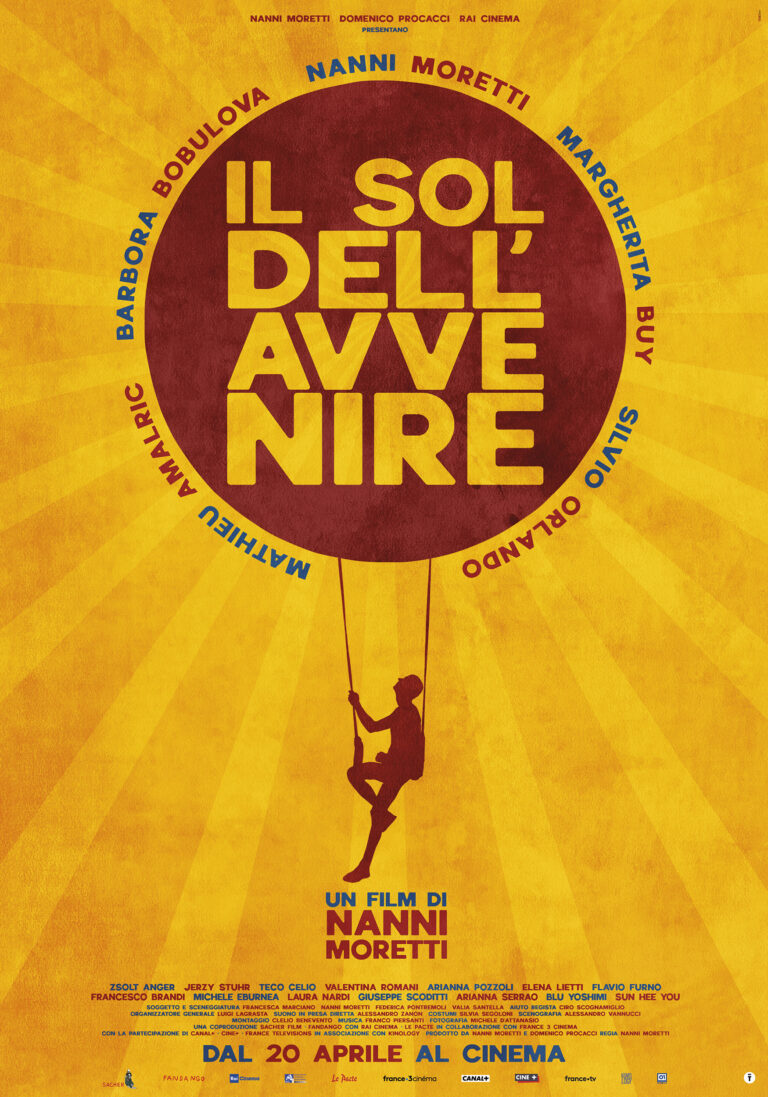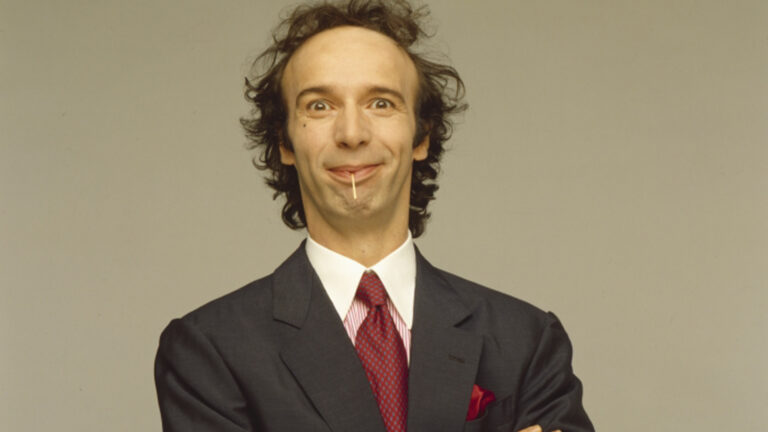
Bernardo Bertolucci’s 1900 (Novecento) is not just a film—it’s an audacious historical epic that spans decades of Italian history, tracing the intertwining lives of two men born on the same day but from vastly different social classes. Released in 1976, this five-hour saga explores themes of class conflict, power, friendship, and revolution, set against the backdrop of the turbulent sociopolitical changes of 20th-century Italy.
Featuring a stellar cast including Robert De Niro, Gérard Depardieu, Donald Sutherland, and Dominique Sanda, 1900 remains a monumental achievement in world cinema. With its sprawling narrative, breathtaking visuals, and profound themes, it’s a film that continues to provoke discussion and admiration.
The Plot: Two Lives, One Nation
The story begins on January 27, 1901, the day both protagonist boys are born—the same day as Giuseppe Verdi’s death, symbolically marking the end of an era and the birth of a new one. Alfredo Berlinghieri (Robert De Niro) is born into a wealthy landowning family, while Olmo Dalcò (Gérard Depardieu) is born into a family of impoverished peasants working on the Berlinghieri estate.
The film follows their lives over several decades, capturing their evolving relationship and the sociopolitical upheavals of Italy, including the rise of socialism, fascism, and the struggles of the working class. Alfredo and Olmo’s bond is tested by their differing social statuses, political ideologies, and the violent forces shaping their country.
Robert De Niro and Gérard Depardieu: A Tale of Two Titans
The success of 1900 hinges largely on the compelling performances of its two leads. Robert De Niro portrays Alfredo with a quiet intensity, capturing the moral ambiguity and privilege of his character. As the heir to the Berlinghieri estate, Alfredo grapples with his inherited wealth and his passive complicity in the exploitation of the peasants.
Gérard Depardieu’s Olmo, on the other hand, is fiery and passionate, embodying the resilience and revolutionary spirit of the working class. His struggles and triumphs serve as a counterpoint to Alfredo’s internal conflicts, creating a dynamic that drives the film’s emotional and political core.
Together, De Niro and Depardieu deliver nuanced performances that elevate the film’s exploration of friendship, loyalty, and the divide between social classes.
Bernardo Bertolucci’s Visionary Direction
Bernardo Bertolucci, known for his ambitious storytelling and visual poetry, brings an operatic grandeur to 1900. The film’s expansive narrative is matched by its sweeping cinematography, courtesy of Vittorio Storaro. From the lush fields of Emilia-Romagna to the stark brutality of the fascist regime, every frame is meticulously crafted to evoke both the beauty and turmoil of Italy’s history.
Bertolucci’s direction is unapologetically bold, blending intimate character moments with grand historical set pieces. He doesn’t shy away from depicting the harsh realities of class struggle, the horrors of fascism, and the sacrifices of the working class. His unflinching approach gives 1900 its raw power and emotional resonance.
Themes of Class Struggle and Revolution
At its heart, 1900 is a meditation on class struggle. The film paints a vivid picture of the tensions between landowners and peasants, exploring the systemic oppression that perpetuates inequality.
Olmo represents the fight for justice and equality, while Alfredo symbolizes the entrenched privilege of the elite. Their friendship becomes a microcosm of Italy’s broader sociopolitical divide, highlighting the challenges of bridging such gaps.
The film also delves into the rise of fascism, personified by Donald Sutherland’s chilling portrayal of Attila, a sadistic foreman who embodies the cruelty of the regime. Through Attila’s actions, Bertolucci exposes the dehumanizing effects of unchecked power and the complicity of the elite in sustaining oppressive systems.
A Cinematic Spectacle
One of the most remarkable aspects of 1900 is its visual storytelling. Vittorio Storaro’s cinematography is nothing short of breathtaking, capturing the verdant landscapes of rural Italy with painterly precision. The interplay of light and shadow mirrors the film’s thematic contrasts, reinforcing its exploration of beauty and brutality.
The film’s score, composed by Ennio Morricone, is equally evocative, blending lyrical melodies with haunting undertones. Morricone’s music enhances the emotional depth of the story, underscoring its moments of joy, despair, and defiance.
Criticism and Legacy
Upon its release, 1900 was met with both praise and controversy. Its explicit depictions of violence, sexuality, and political ideologies divided audiences and critics. Some viewed it as a masterpiece of political cinema, while others criticized its length and heavy-handedness.
However, over time, 1900 has earned recognition as one of Bertolucci’s finest works. Its ambitious scope, compelling performances, and unflinching exploration of history have solidified its place in the canon of great cinematic epics.
Why 1900 (Novecento) Remains Relevant
1900 is more than a historical epic—it’s a film that speaks to universal themes of inequality, power, and resistance. Its portrayal of the human cost of systemic oppression and the enduring struggle for justice remains as relevant today as it was in the 20th century.
The film’s characters, particularly Alfredo and Olmo, serve as mirrors for society, challenging viewers to reflect on their own roles within systems of power and privilege. By weaving personal stories with broader historical events, Bertolucci creates a narrative that is both intimate and monumental.
FAQs
What is 1900 (Novecento) about?
The film follows the lives of two men, Alfredo and Olmo, born on the same day but from different social classes, as they navigate the sociopolitical upheavals of 20th-century Italy.
Who directed 1900 (Novecento)?
The film was directed by Bernardo Bertolucci, a renowned Italian filmmaker known for his ambitious and visually stunning works.
Why is 1900 considered a masterpiece?
Its sweeping narrative, stellar performances, and unflinching exploration of class struggle and history make it a landmark in cinematic storytelling.
What themes does the film explore?
The film delves into themes of class conflict, friendship, power, revolution, and the rise of fascism in Italy.
How long is 1900 (Novecento)?
The original cut of the film is approximately 317 minutes (over five hours), making it one of the longest narrative films ever made.
What makes the performances of Robert De Niro and Gérard Depardieu stand out?
Their nuanced portrayals of Alfredo and Olmo capture the complexities of their characters’ friendship and their roles within the broader social divide.
Conclusion
1900 (Novecento) is a cinematic tour de force that combines historical epic with deeply personal storytelling. Through its exploration of class struggle, friendship, and the forces that shape society, the film offers a profound meditation on humanity’s capacity for both cruelty and compassion.
Bernardo Bertolucci’s visionary direction, coupled with unforgettable performances and stunning cinematography, ensures that 1900 remains a masterpiece of world cinema. Whether you’re drawn to its historical insights, its emotional depth, or its artistic grandeur, 1900 is a film that demands to be experienced.





